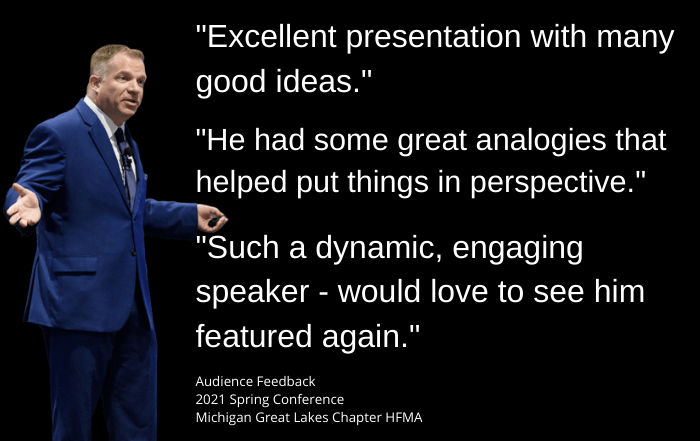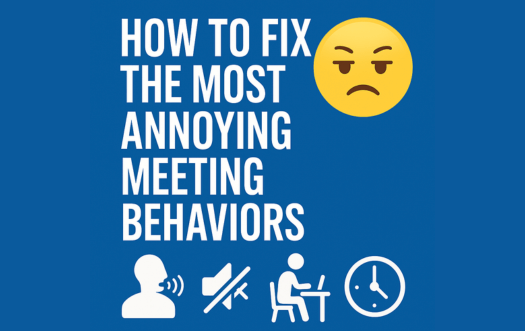 There is an art to giving bad news at work. While it’s aspirational to imagine you’ll never have to deliver it, it’s likely you’ll have to share some disappointments.
There is an art to giving bad news at work. While it’s aspirational to imagine you’ll never have to deliver it, it’s likely you’ll have to share some disappointments.
These moments may come with staff, superiors, or customers. Whether the bad news is related to a mistake or bad luck, you need to convey the information and do so as diplomatically as possible.
This is not a skill that’s taught in school and some may feel that not sharing bad news may result in it going away. While it’s a communication challenge, you can improve the process.
Let’s examine the spectrum of delivering news and see how you can learn how to get better at giving bad news.
Good News
Good news is easy to deliver. People want to hear good things. So it’s not unusual for someone to drop everything and interrupt someone, just to deliver the message.
There is no hesitation in providing the information. And it’s not censored or shaped to minimize less desirable things.
Bad News
When it comes to bad news, we may hesitate with the information. We consider the person’s mood and if can they handle the bad news at that moment.
Should important information be withheld because someone appears to be having a bad day? Should we wait until they feel a little better? Or should all news be shared equally, regardless of someone’s mood?
Also, we may take a while to get to the point. Instead of saying, “This is really bad,” a bunch of disclaimers are offered, to soften the bad news. While some background issues are important to share, it’s better to get right to the point.
Let the facts speak for themselves. Then you can offer excuses or qualify the information.
There’s an element of trust in how people deliver bad news. Does your company culture embrace transparency or is it about protecting your turf?
Giving Bad News: What’s the Worst?
What is worse than giving bad news? It’s silence. It’s knowing something bad and not giving any response. This may happen to you in a situation where you have to deliver bad news but you purposefully delay sharing it.
Often this may involve a shortcoming or problem on your end. For instance, you know you won’t make your project deadline but rather than sharing an update, you do nothing.
As a result, the other party has no idea what’s going on. That person has to play detective, in order to figure out what’s happening. In customer service, this happens when someone is promised a reply by a certain time and that reply never comes.
Keep in mind, the bad news you don’t deliver doesn’t get better. You simply move some possible pain down the road. But it’s inevitable.
And with it may come some resentment. People will get upset if they feel like you’re not respecting them enough to think they can’t handle bad news. By not communicating anything, you delay their ability to react.
Giving Bad News Playbook
There are a lot of ways to improve how people are giving bad news at work. Here are some steps, you may want to consider, for your action plan:
- Create a workplace culture where information, good and bad, is shared promptly.
- Get to the point. Research has found that people don’t need buffers.
- Emphasize that the faster bad news is received, the sooner solutions or other actions can be taken.
- Honor people with information, as you would like to be treated.
- Recognize if you’ve promised to do something by a certain date, it’s your responsibility to communicate any delays.
- When an employee comes up short, put some attention on making sure the problem doesn’t happen again, rather than just blaming the person for the problem.






